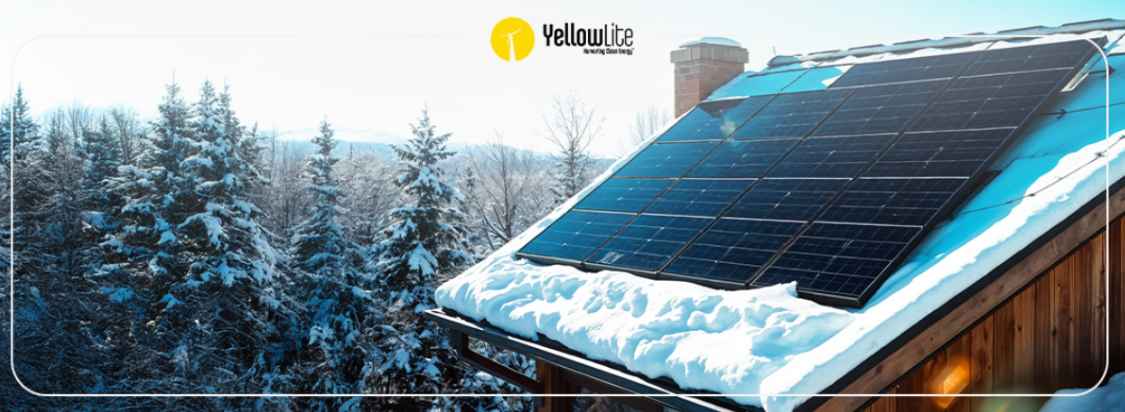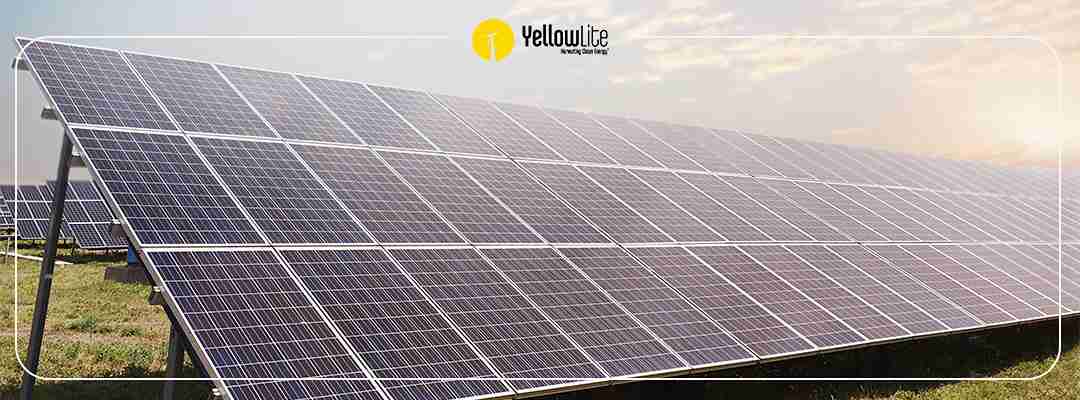Have you been considering contacting a solar installation service provider to make the switch to solar energy? While making the decision to switch to clean energy for your home or business can be exciting and rewarding, it's a good idea to take the time to understand what you're getting into. Before you can even think about utilizing the sun's energy, it's essential that you understand all of the steps involved in the solar roof installation process. Once you follow each basic step, there are also a few tips that will help you maintain your solar system for years to come.
Basic Solar Roof Installation Steps
When you decide to start the process of solar roof installation, there are a few crucial steps that you should follow in order to ensure everything runs as smoothly as possible.
Calculate Your Needs
Before you can begin your solar installation journey, it’s important to determine your exact needs first. You need to calculate your solar energy needs so you can make sure you have enough power all year round. To do this, you can average out the kWh number that is located at the bottom of your electricity bill.
You also should consider how much sunlight you get depending on the season, because that will definitely affect your calculations. If you spend time researching this as well as the basics of electricity and solar panels, then choosing all of the right equipment and maintaining your solar system will be much easier.
Choose An Installer
Once you've calculated your needs, you'll need to find the right solar installation service provider. While there are a lot of installers available, solar installations services will likely cost you thousands of dollars regardless.
That's why it's important for you to weigh your options carefully. At the same time, you shouldn't look through every possible opportunity because that will only stress you out more. Instead, you should look at the top-rated installers that are within your budget.
When you contact an installer, they'll present you with a proposal and go over your solar panel installation options based on your property and home. This proposal will also include a report of how much your home generates, along with an estimate of your payback period and pricing.
After you confirm your interest, they will come back with an actual list of equipment needed and exact costs. If you want details for the recommended equipment, it's essential to ask them at this stage of the process.
Inspections And Assessments
This step mainly involves paperwork being completed and filed by your installer, but there are a few things that you should know about. For example, you will typically need to be home for any inspections.
All of the inspections required will take time and will sometimes add some additional costs to a project. Fortunately for most homeowners, the only thing you need to make sure you do is to be home for inspections.
Installation
Once everything is approved, the next and most exciting step is the actual solar panel installation. A team will come out to your house and complete all of the necessary steps associated with panels, conduits, inverters, and cut-off switches. Most companies try to make this process as quick as possible and will even complete the entire setup in a few days in some cases.
Something to consider about the installation step is that in the best cases, the installer will clean up and not leave anything behind, but in some cases, installers may leave things behind or make a mess. Look out for any damage to your home or yard, and don't be afraid to call them to report it.
Approval And Grid Connection
The last step in completing your solar roof installation is to flip the switch. Before you can fully connect your solar panels to the grid, though, a government official will need to stop by and perform an inspection. If there aren't any issues, there's a final inspection performed by your utility company that typically takes between two weeks and a month to complete. Once approved, your panels can now go live!
Maintenance And Installation Tips
Now that you know how to get your solar system up and running, there are a few tips and tricks that are good to see if you want to get the most out of your solar panel's life span.
- Solar inverters are more likely to fail than any other part of the solar system.
The inverter handles more tasks than any other part of the system. That's why it's so important to monitor it as much as you can.
- Solar panels require regular maintenance.
There are a few ways that you can try and make the upkeep of your solar panels a bit easier. You can:
-Keep the panels out of the shade when possible
-Document your solar panel's performance
-Routinely clean debris off of your panels OR hire a solar panel cleaning company to take care of it on a regular basis.
- If you want to make sure you get the best deal for your solar system, it's vital that you find the right installer for you. Here are a few things to consider
-Look for credible and helpful reviews from past customers online
-See if they have references and pictures of their installation process
-Take a look at their warranty policies
-See if the solar installation service provider offers additional services
- If you're interested in having backup power or living off the grid, make sure you research the best batteries and generators for the job
It's always better to have a good level of product knowledge before starting the process. While there are a lot of significant steps to consider and extra tips for maintenance, solar panel installation is typically a very smooth and straightforward process.
Are you looking to save the environment as well as money each month on your electricity bill? Yellowlite can help you with that. We can help you build your system as well as find the perfect solar installer for your home or business. Call us at 216-834-1364 or fill out our contact form here https://www.yellowlite.com/contact-us/



